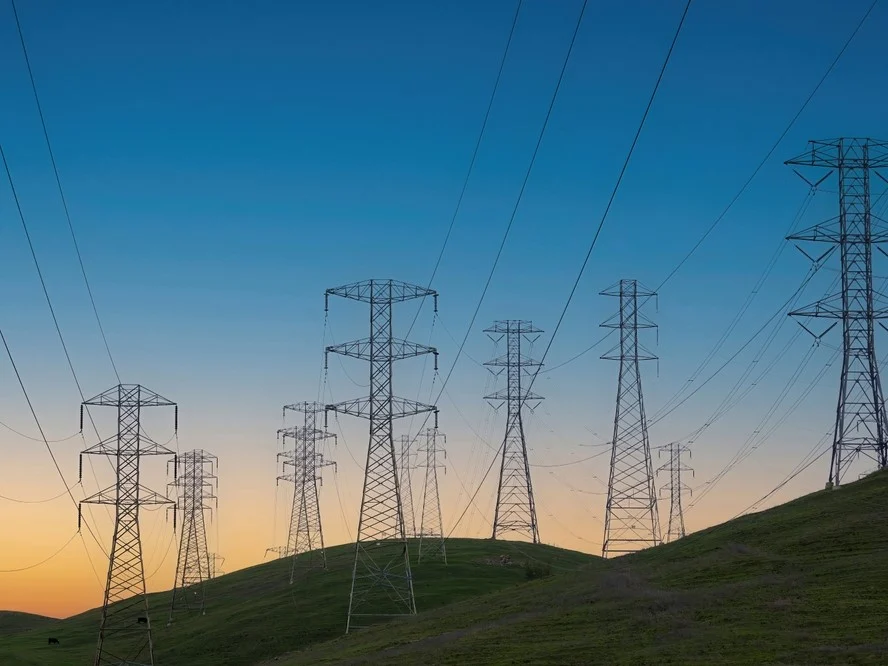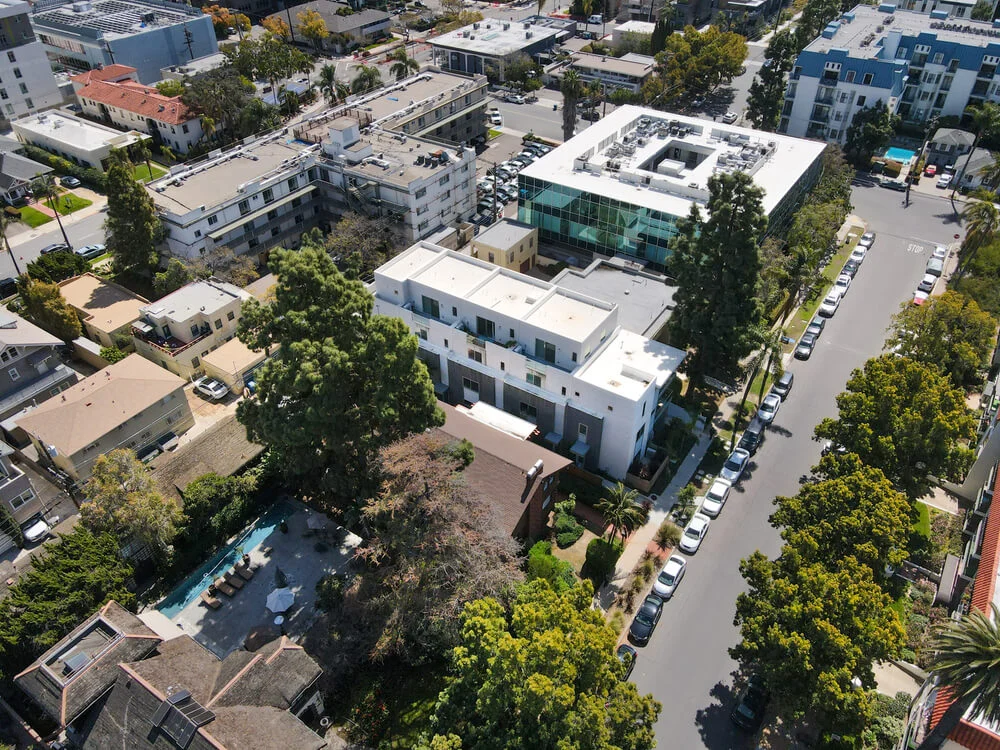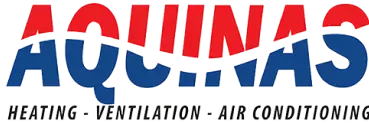How to Maximize HVAC Efficiency in California’s Microclimates
Managing HVAC systems in California requires a tailored approach. The state’s regional climates—spanning the Bay Area, LA/Orange County, and San Diego—each present distinct challenges. These diverse environments call for different strategies to optimize HVAC performance. Whether managing multi-family properties or commercial buildings, understanding and adapting to these climate variations is key to improving both efficiency and occupant comfort.

Adapting HVAC Systems to California’s Microclimates
California is famous for its microclimates. These variations impact how HVAC systems perform. For example, the Bay Area is known for its cooler, foggy mornings followed by sunny afternoons. This creates the need for flexible HVAC systems. Zoning becomes crucial in this region, allowing property managers to adjust temperatures in different parts of the building based on conditions.
Multi-family units especially benefit from customization, as each unit may experience different temperature needs. For more detailed insights, check out our multi-family HVAC systems page to learn how zoning can enhance efficiency.
In contrast, LA/Orange County and San Diego experience more consistent warmth throughout the year. San Diego also faces higher humidity levels due to its coastal location. HVAC systems here need to focus not only on cooling but also on controlling humidity. In commercial buildings, dehumidification systems can improve air quality. They ensure comfort for employees and customers alike.
Interesting Fact: Properly calibrated zoning systems in regions like the Bay Area can reduce energy consumption by up to 30% in multi-family properties.

The Impact of California’s Strict Energy Regulations
California leads the nation in energy efficiency standards, especially with laws like Title 24. According to California’s Title 24 energy standards, HVAC systems must meet strict efficiency requirements to reduce energy consumption in buildings. This regulation sets strict guidelines for how HVAC systems are designed and installed in both commercial and residential properties, making energy-efficient upgrades a priority for property managers.
Energy-efficient HVAC systems with high SEER (Seasonal Energy Efficiency Ratio) ratings can cut utility bills. They also ensure compliance with state regulations. For multi-family properties, upgrading older systems to energy-efficient models not only cuts costs but also improves tenant satisfaction by providing consistent comfort.
In commercial buildings, energy-efficient HVAC systems often include smart thermostats and variable speed compressors. These optimize energy use. Learn more about our commercial HVAC services designed to comply with California’s energy standards.
Given California’s frequent energy alerts, especially in Southern California, investing in smart technology is key. It helps reduce energy demand during peak hours while keeping indoor temperatures comfortable.
Interesting Fact: California property managers can take advantage of rebates and incentives for upgrading to energy-efficient HVAC systems. These savings can amount to thousands of dollars per building annually.

Air Quality Considerations in Fire-Prone Areas
California’s wildfire season is another regional factor property managers must consider. Poor air quality due to wildfires can significantly affect indoor environments. This is especially true for multi-family properties, where tenants rely on shared HVAC systems.
Installing high-efficiency particulate air (HEPA) filters and upgrading ventilation systems can improve air quality during wildfire events. In commercial properties, especially those near wildfire-prone regions like San Diego, air purification systems can reduce the impact of smoke and ash. These upgrades ensure healthier air for occupants.
Regular HVAC maintenance, including more frequent filter changes during wildfire season, can protect the system. This ensures it continues to run efficiently and avoids clogs caused by particles and debris.
Interesting Fact: California’s wildfires can degrade air quality for weeks at a time. Advanced air purification systems can filter out up to 99.97% of particles in the air, making it safer for tenants and workers.

Power Outages and Smart HVAC Solutions
California’s power grid faces frequent challenges. These range from rolling blackouts during summer to unexpected outages. This is particularly problematic for large commercial buildings or multi-family properties. Power outages disrupt comfort and safety.
One innovative solution is integrating smart thermostats and battery backup systems. Smart thermostats can pre-cool or pre-heat buildings before peak electricity demand periods. This allows the HVAC system to work less when energy prices and usage are highest.
Battery backup systems ensure that critical HVAC systems remain operational during power outages. This keeps properties safe and tenants comfortable.
For commercial property managers, combining smart systems with predictive maintenance tools can help. These tools use data analytics to predict when a system might fail. This saves on emergency repair costs and prevents unexpected downtime.
Regular maintenance of HVAC systems, including smart systems with predictive tools, can prevent costly breakdowns. For an overview of frequent issues faced in commercial properties, check out this guide on common commercial HVAC problems.
Interesting Fact: Smart thermostats can reduce energy usage by up to 10% annually in commercial buildings. This makes them a great investment for California businesses wanting to stay ahead of power issues.

Conclusion: Diverse HVAC Solutions to California’s Unique Needs
California’s diverse climates and strict energy regulations demand innovative solutions. Both multi-family and commercial property managers need to adapt.
Whether you’re navigating the cool, fluctuating temperatures of the Bay Area or the consistent warmth of San Diego, optimizing your HVAC system is key. It helps maximize efficiency, saves on energy costs, and ensures comfort year-round.
By investing in energy-efficient systems, keeping air quality a priority, and preparing for power outages, property managers can protect their investments. These strategies ensure an optimal living or working environment for tenants and employees alike. Learn more about optimizing HVAC systems and explore our full range of services at Aquinas HVAC.

